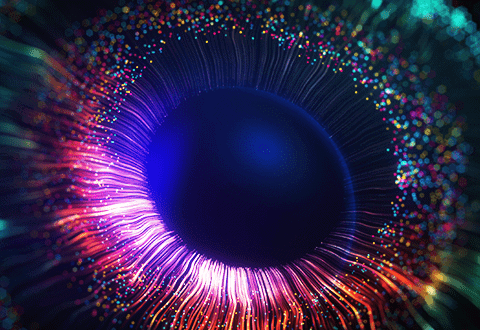What Is a Cataract?

If you are like most people, you may not give much thought to cataracts — at least not until they impact your own vision. However, because cataracts affect fully half the U.S. population age 80 and over, it is certainly worthwhile to know about them before they pose a problem. To better educate you about this common ocular condition, the team of eye doctors at Access Eye shares some of the most pertinent details about cataracts.
What Are Cataracts?
With age, the proteins and fibers in the eye’s lens can start to deteriorate. This deterioration adds a cloudiness to the lens, which is ordinarily transparent. The cloudiness is known as cataracts. Cataracts may develop in one or both eyes.
At first, cataracts only minimally hinder vision. However, as the protein breakdown in the lens continues, the haziness becomes more significant and vision quality continues to degrade. Light rays have difficulty passing through the cloudiness on the lens and reaching the retina.
Cataract Symptoms
Patients with cataracts eventually notice blurry or hazy vision. They may also experience light sensitivity and have difficulty seeing at night. Colors can start to appear fainter or yellowish.
Risk Factors for Cataracts
While researchers have not pinpointed a precise cause for cataracts, certain risk factors may increase the likelihood that a person develops cataracts. Those factors include UV ray exposure, smoking, diabetes and use of steroids.
Caucasians are significantly more likely to develop cataracts than Black and Hispanic people, although the reason for this disparity is also unknown.
Types of Cataracts
Cataracts fit into a few different categories:
- Age-related cataracts: Most cataracts develop due to aging of the eyes.
- Secondary cataracts: These cataracts are the side effect of a disease like diabetes, Cohen Syndrome or Low Syndrome. Steroid use may also be a culprit.
- Traumatic cataracts: Here, cataracts develop following a serious injury to the eye. Cataracts may develop instantaneously or years after the injury.
- Congenital cataracts: Some kids develop cataracts early or are born with them. Children with this condition may need surgery to restore clear eyesight.
Treatment
Perhaps the most important thing to know about cataracts is that they are easily treated. Patients do not need to worry about losing their vision to cataracts given how effective contemporary cataract surgery is.
This outpatient procedure removes the clouded lens and replaces it with an artificial intraocular lens (IOL). These IOLs allow the eye to function normally and can be customized to correct the patient’s refractive errors. Best of all, cataracts cannot redevelop in an eye with an IOL.
















